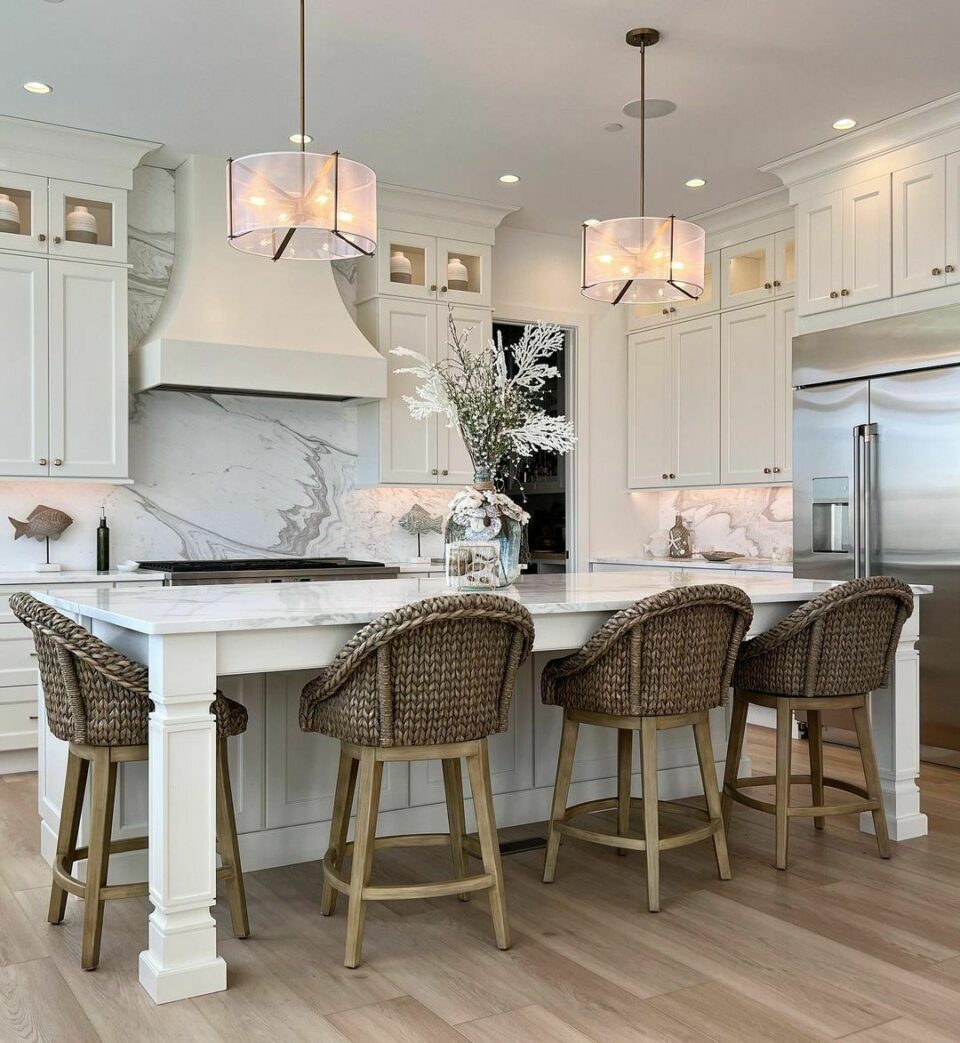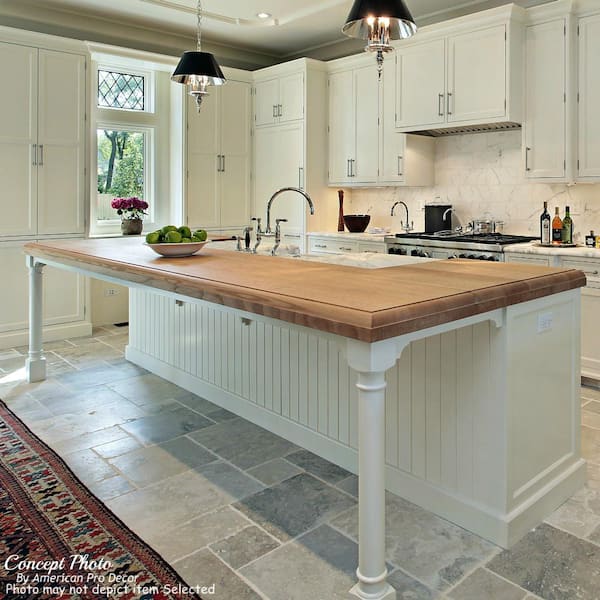Kitchen Island Legs: Improve Your Kitchen with Strong Support
Kitchen Island Legs: Improve Your Kitchen with Strong Support
Blog Article
Important Tips for Choosing the Perfect Dining Table for Your Kitchen Area
Selecting the best table for your kitchen is greater than just an issue of preference; it demands a comprehensive understanding of your space and needs. Begin by gauging your readily available area to guarantee sufficient clearance for movement. The form of the table plays an essential role; while rectangle-shaped tables fit larger locations, rounded ones foster intimacy, and extendable alternatives supply versatility. Material selection is similarly important, with hardwoods giving longevity and glass borrowing a contemporary touch. The table needs to balance with your kitchen area's visual appeals and accommodate your family members pleasantly. What other elements might influence this vital decision?
Action Your Space
Picking the perfect eating table begins with a precise evaluation of your readily available space. This foundational step makes sure that the table not only fits conveniently within the room however additionally matches the general design and capability of your eating area. Begin by measuring the dimensions of the space, taking into consideration entrances, home windows, and any kind of existing furniture. This will help you establish the optimum allowable dimension for your eating table.
It is necessary to leave ample area for chairs to be pulled out and for people to relocate around the table without blockage. A general rule of thumb is to permit at the very least 36 inches of clearance from the side of the table to the local wall or item of furnishings.
In addition, assume regarding the number of people you typically entertain and whether you require additional room for guests. Choosing for an extendable table can give versatility, permitting you to fit differing numbers of restaurants. By accurately measuring your space, you prepared for selecting a table that boosts both the visual appeals and capability of your dining area.
Select the Right Shape

On the various other hand, round tables are excellent for smaller sized cooking areas or intimate events, as they advertise conversation by enabling every person to face each various other. They also supply a sense of coziness and can fit well in tighter rooms as a result of their lack of sharp edges. Oblong tables provide the finest of both globes, incorporating the length of rectangular tables with the affection of rounded ones, making them versatile for different setups.
Square tables are an additional alternative, particularly suited for square-shaped rooms. They create a in proportion and contemporary look, fostering an equal dining experience for all seated.
Material Considerations
When choosing an eating table, product considerations are critical in establishing the table's sturdiness, upkeep requirements, and general visual. Timber is a timeless option, using timeless appeal and toughness.
Glass-topped tables offer a modern-day, smooth appearance and can make a room appear bigger as a result of their openness. Nonetheless, they call for frequent cleansing to stop finger prints and smudges. Furthermore, tempered glass is suggested for its additional toughness and safety.

Finally, composite materials like MDF (Medium-Density Fiber board) or plywood are affordable alternatives. These products can resemble the look of solid wood yet may not offer the very same long life. They are typically simpler to clean but can be at risk to water damages otherwise correctly sealed.
Ultimately, the selection of material should line up with your kitchen's design, your way of living needs, and your budget restraints. (kitchen island legs)
Seats Capability and Comfort
Exactly how do you figure out the best seating capability and convenience for your eating table? For a family members of 4, a rectangle-shaped table of 48 inches long or a round table with a 48-inch diameter is usually sufficient.
Convenience is just as vital. The elevation of the table should preferably be around 30 inches, providing a balanced ergonomic stance for seated this diners. Chairs should sit elevation of 18 to 20 inches to ensure a comfy eating posture. In addition, consider the chair style; upholstered seats and helpful back-rests can enhance eating convenience substantially, especially during prolonged dishes.
Style and Visual Appeal
Picking a table that suits your style and looks entails balancing personal preference with the existing decor of your dining space. The dining table is typically the focal point of the kitchen area, and its layout must complement the total style of the room. Whether your cooking area boasts a contemporary, minimalist look or a rustic, farmhouse charm, the table you select should harmonize with these elements to create a cohesive and welcoming environment.
Take into consideration materials very carefully; wood uses an ageless charm and can vary from abundant mahogany for a traditional seek to lighter oak for a modern feeling. Steel and glass tables, on the various other hand, can present a smooth, commercial side to your kitchen. Don't forget the table's shape-- rectangular tables are traditional and flexible, while round and oval choices can promote an extra intimate eating experience.
Furthermore, pay close focus to finishes and information. A troubled finish may include character and warmth, whereas a glossy surface can add to a clean, modern visual. Ultimately, your table should not only healthy perfectly into your kitchen area's design however also show your individual design, elevating the space both functionally and visually.
Verdict
Finally, picking the suitable dining table for a kitchen requires careful analysis of space, shape, material, seating capability, and aesthetic harmony. Guaranteeing a minimum clearance of 36 inches helps with comfortable movement, while the choice of shape boosts click now spatial characteristics. Product option effects durability and style, making it critical to line up with the cooking area's general aesthetic. Inevitably, a well-chosen eating table cultivates an inviting environment and suits the house comfortably, hence enhancing the dining experience.

When picking an eating table, product considerations are critical in determining the table's sturdiness, upkeep needs, and overall visual. For a family members of four, a rectangular table of 48 inches long or a round table with a 48-inch diameter is normally enough.
Don't neglect the table's shape-- rectangular tables are view it timeless and versatile, while round and oval options can foster a much more intimate eating experience. kitchen island legs.
Report this page